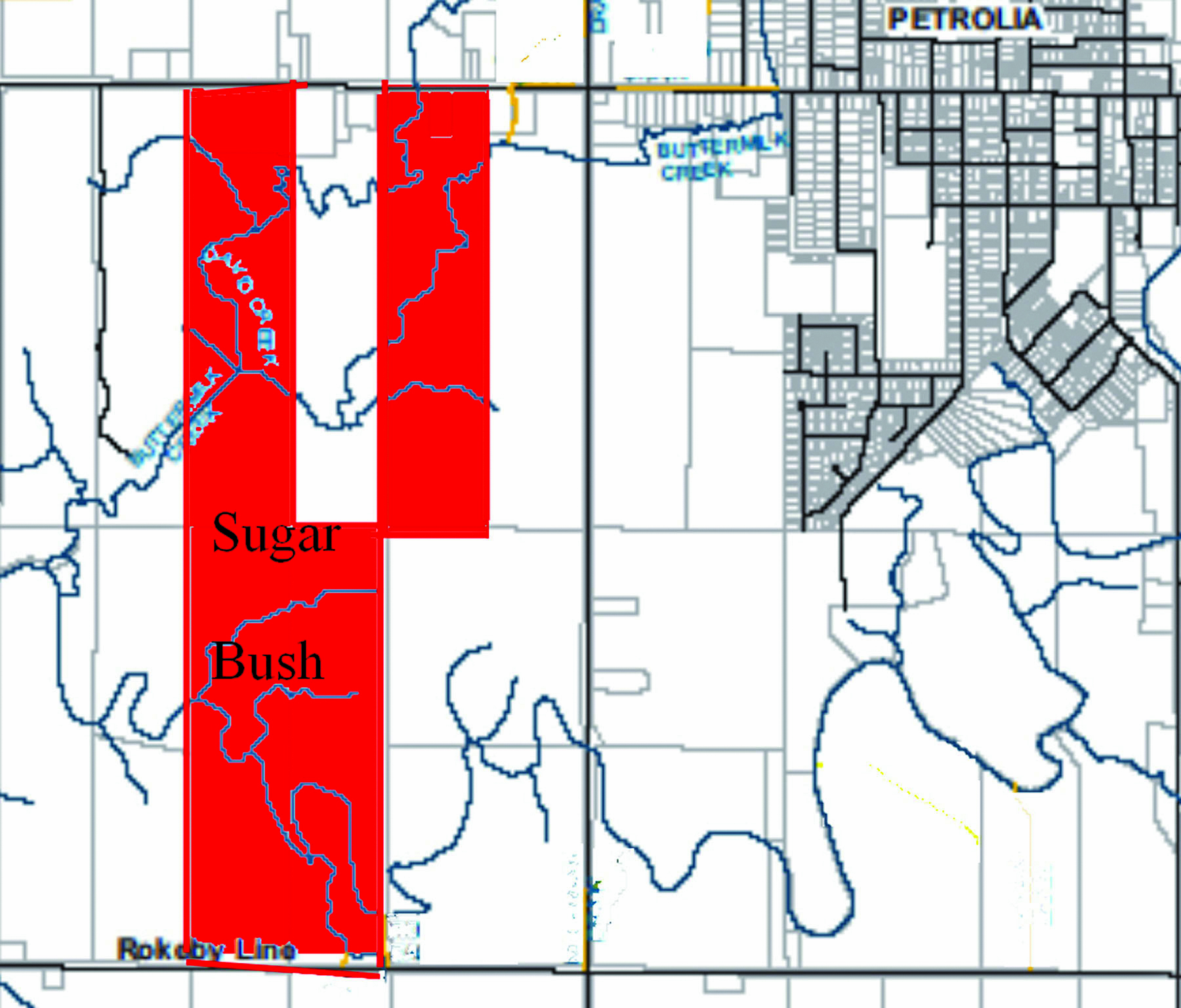David D. Plain
In 1818, the British colonial government of Upper Canada approached the Chippewa Nation living in the St. Clair region with an offer to purchase the Huron Tract.
This was a tract of land that stretched from Sarnia to Goderich, to the head of the Thames River, to London, to the St. Clair River and back to Sarnia. It contained 2.2 million acres.
The transfer was negotiated by Treaty 29 in July of 1827 and created four reserves: the Lower St. Clair, the Upper St. Clair, Kettle Point and Stony Point. The treaty ceded land to the “waters’ edge” which meant the Chippewa retained the islands in the river, including Stag Island.
Needless to say, this created the need for a rather abrupt change of lifestyle. The traditional lifestyle was one of hunting and gathering, and the Huron Tract was part of our original hunting territory.
During the next decade or so the Chippewa began to learn how to become an agrarian society, and learn the art of farming. We began building permanent houses, first log and then framed, and learned the business of production, buying and selling. We were drawn into the world of profit.
In 1843, the Lower St. Clair reserve was ceded because it wasn’t being utilized and the proceeds were deposited in the bands’ account. By this time, businesses had built up selling agricultural products to the people living in villages that sprang up around the reserves.
We developed a thriving commercial fish business and a small cottage industry selling handicraft. However, another skill wasn’t being used, and that was the production of sugar products.
In the days before the treaty, maple sugar and syrup were made in a sugar maple bush covering about 400 acres in Enniskillen Township, near what’s now Petrolia.
The band had lost that property in 1827 and needed to get it back, so it offered to trade Stag Island for the sugar bush. By then, 100 acres of it was owned by Louis Rendt and 300 acres by David McColl, both of Moore Township.
The Department of Indian Affairs (DIA) purchased the land from the two men and traded it to the Chippewa of the St. Clair River for Stag Island.
The band was now in the sugar business, and business was good for the next couple of decades — at least until the oil boom arrived in Enniskillen Township.
Just prior to Confederation, in 1866, the DIA began selling off pieces of the sugar bush property, without valid surrender of title, to oil speculators. The next thing you know, we were out of the sugar business.
This injustice was rectified with the settlement of a land claim that was submitted in 1978. Negotiations began in 1983 and the claim was finally settled in 2000.
David D. Plain is an award-winning author and historian from the Aamjiwnaang First Nation


